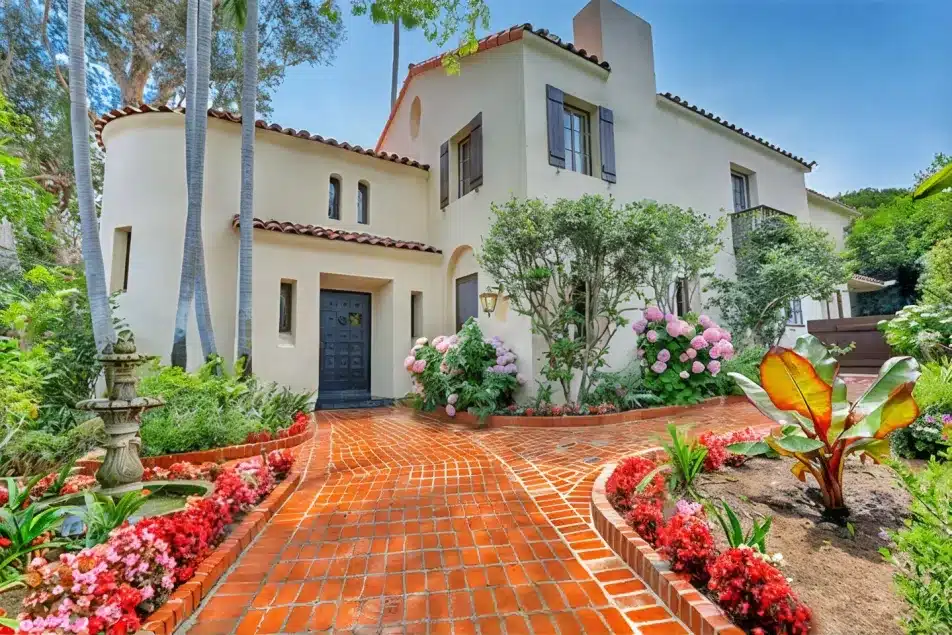The George Lopez show house holds a special place in TV history, representing more than just a filming location.
It’s a symbol of cultural representation and family life that resonated with viewers across America. T
his article will take you on a tour of this iconic TV home, revealing details you might not know about its design, significance, and lasting impact.
We’ll explore the real-life Victorian house used for exterior shots, the carefully crafted set interiors, and how they reflected the show’s themes.
You’ll discover fun facts about the production, learn about the cultural importance of the series, and understand why this house became a beloved part of television history.
Get ready to step inside the world of the Lopez family and see their home in a whole new light.
The George Lopez Show
George Lopez’s life experiences shaped a groundbreaking TV series that left a lasting mark on American entertainment.
Born in 1961 in Los Angeles, Lopez’s upbringing in a Latino neighborhood influenced his comedic style and the show’s themes.
The sitcom, which ran from 2002 to 2007, followed Lopez as he balanced family life and his career, tackling everyday challenges with humor.
This series made history as the first major U.S. show with a Latino lead since “I Love Lucy.” It stood out for its mostly Latino writing team, ensuring authentic storytelling.
The show didn’t shy away from addressing important social issues, making it a pioneer in representing Latino experiences on mainstream television.
Through its six-season run, “The George Lopez Show” provided a relatable and humorous look into a Mexican-American household, resonating with viewers across the country.
The George Lopez Show House
Style and Structure
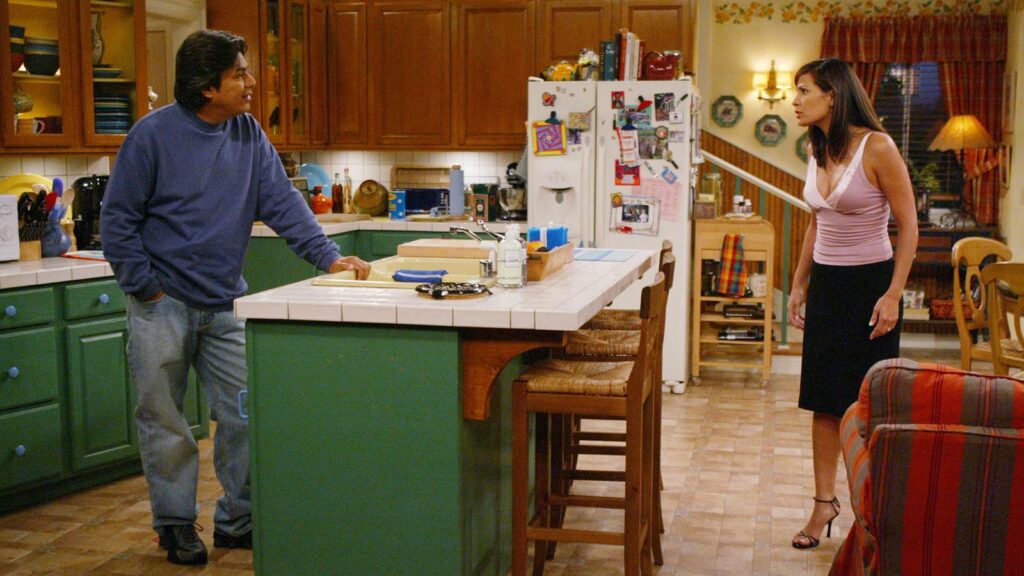
The George Lopez show house, originally built in 1885, stands as a charming Victorian-style home.
Its distinctive features include a welcoming wraparound porch, soaring 12-foot ceilings, and classic red oak flooring.
This architectural style not only provides a visually appealing backdrop for the show but also represents the timeless values of family and community central to the series.
Interior Design
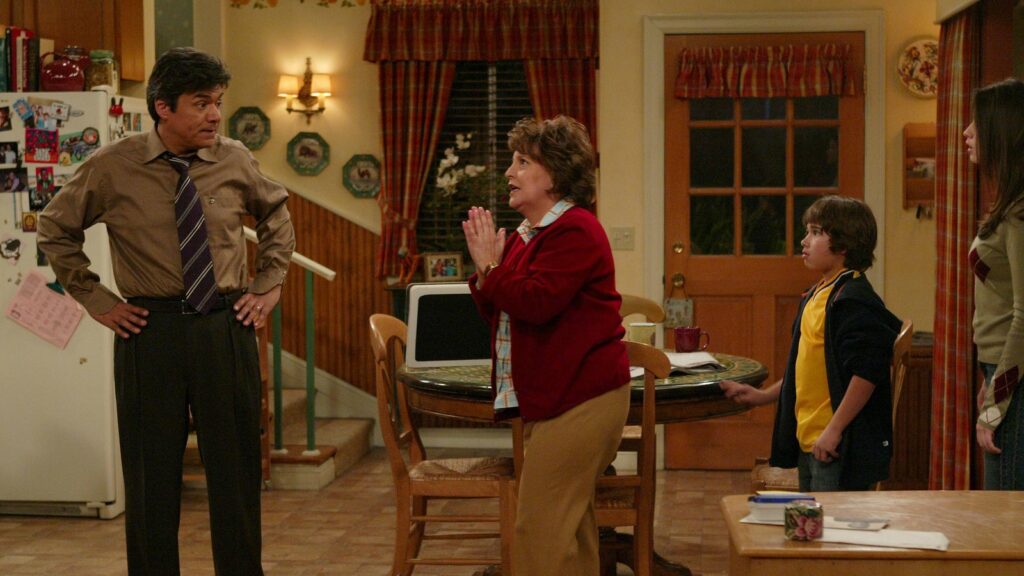
Inside, the house boasts an open floor plan that mirrors the show’s focus on family togetherness.
The interior design incorporates vibrant colors and patterns that reflect Latino culture, creating a warm and inviting atmosphere.
Personal touches and memorabilia scattered throughout the living spaces add to the home’s authenticity, making it feel like a real family residence rather than just a set.
Filming Locations
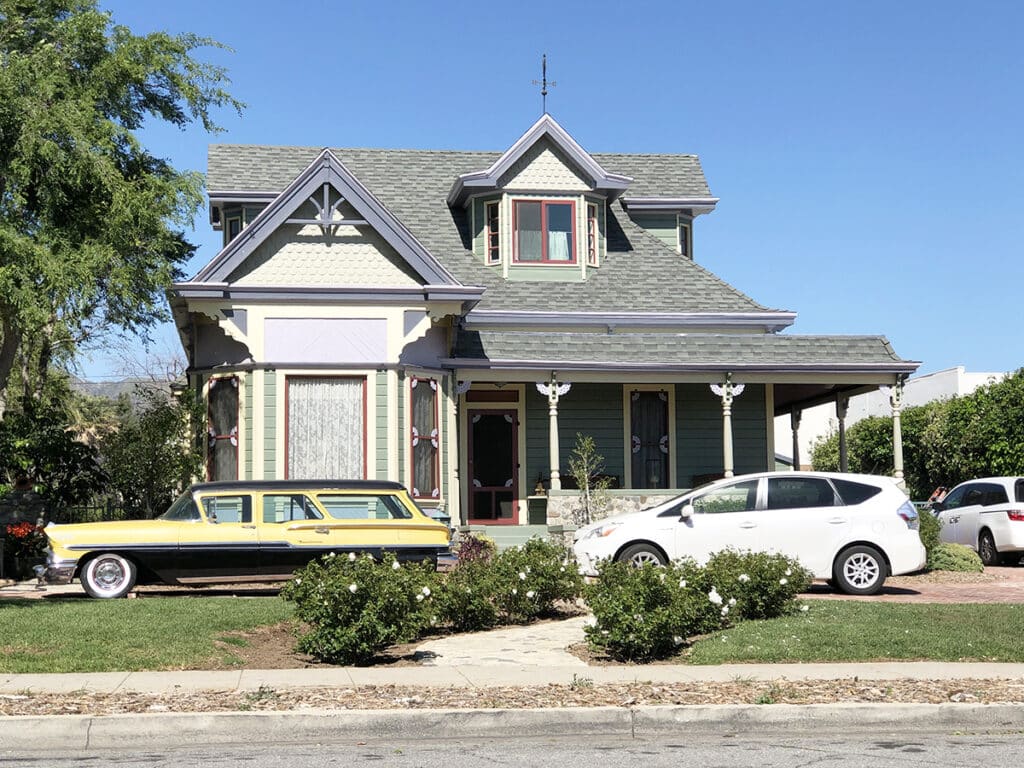
Most exterior shots of the Lopez family home were captured at 671 Fourth Street in San Fernando.
This picturesque setting perfectly encapsulates the essence of a middle-class family’s life in Los Angeles, providing a relatable backdrop for viewers.
Legacy of the Lopez House
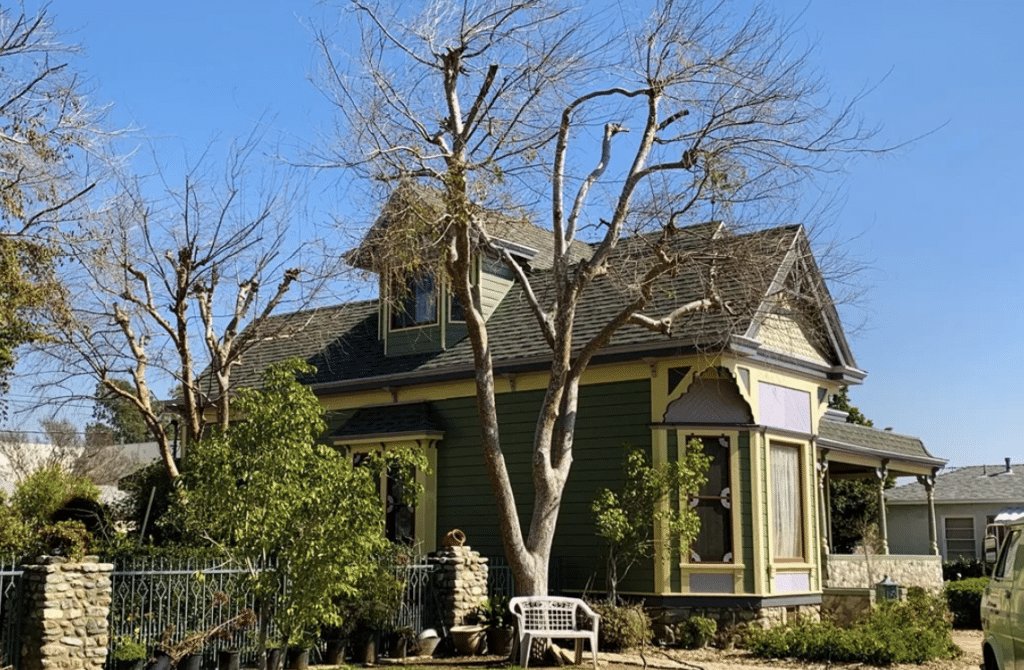
The house has become an iconic symbol of the show, representing more than just a filming location.
It embodies the heart of the Lopez family’s story and continues to attract fans, fostering a sense of nostalgia and community among viewers.
This enduring interest highlights the significant impact the show and its setting have had on popular culture.
Cultural Impact of the Show
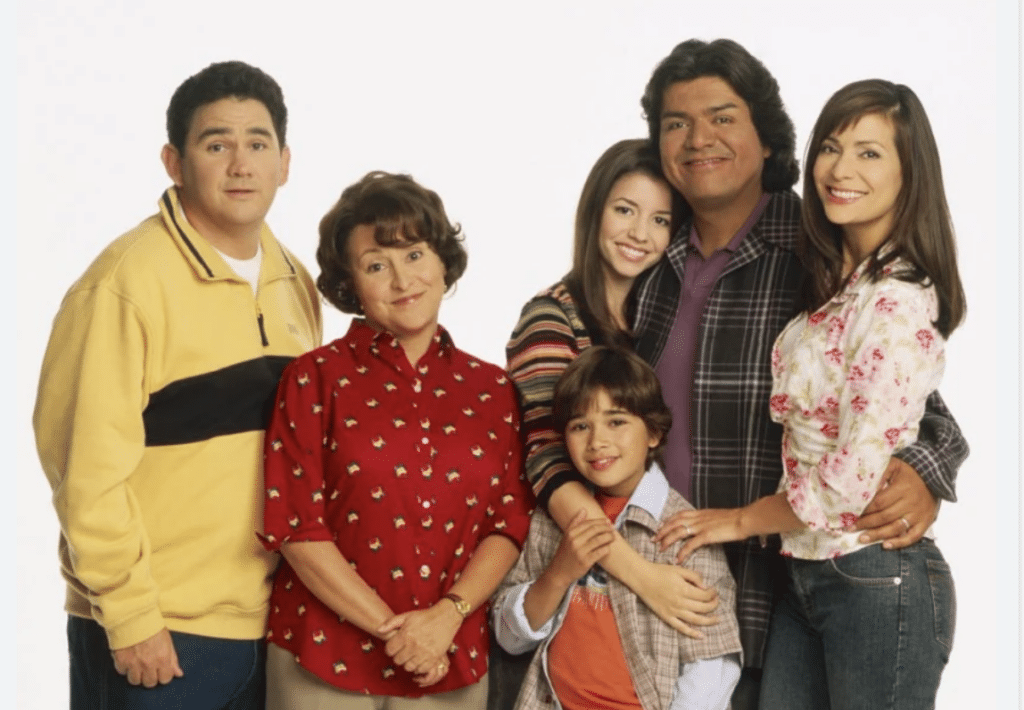
The George Lopez show significantly enhanced Latino visibility in mainstream media.
As the first major network sitcom to feature a Latino lead since “I Love Lucy,” it challenged existing stereotypes by presenting a multi-dimensional portrayal of a Mexican-American family.
The series’ predominantly Latino writing and production team ensured authentic storytelling, highlighting cultural traditions and issues that resonated with Latino audiences while bridging gaps between cultures.
The show tackled complex themes such as immigration, exploring the immigrant experience and the pursuit of the American Dream.
It delved into identity issues, portraying the struggle of navigating multiple identities in a multicultural society.
Family dynamics were a central focus, presenting real-life conflicts and reconciliations that made the show relatable to audiences from various backgrounds.
Fans reported feeling seen and represented, leading to a strong emotional connection with the characters and stories.
This connection inspired community events, discussions, and online gatherings celebrating Latino culture and the show’s legacy.
Notable Features of the George Lopez Show House
1. Key Family Moments
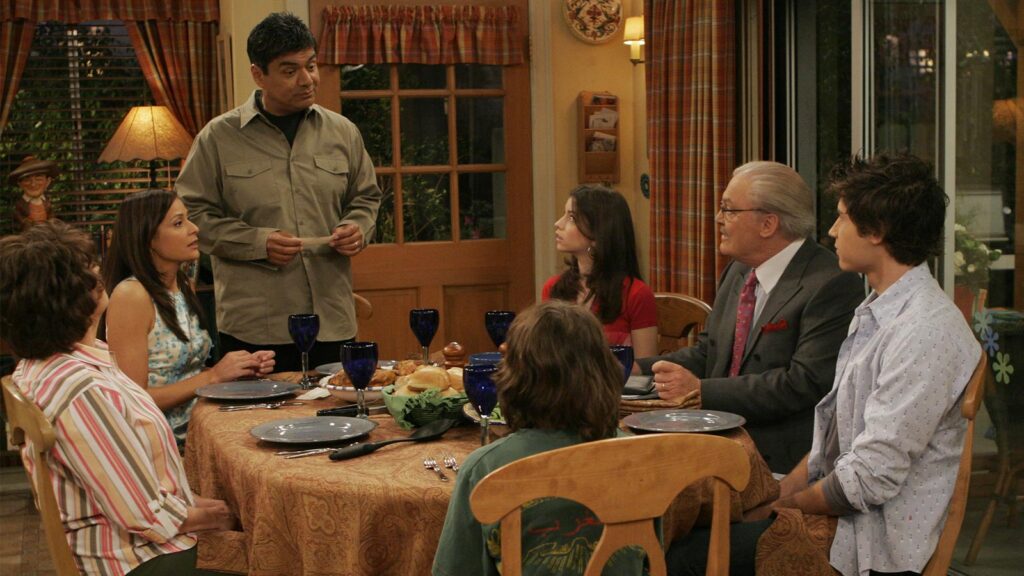
The George Lopez show house was more than just a backdrop; it was a character in its own right.
The living room served as the stage for many heartfelt family gatherings and comedic confrontations, perfectly illustrating the dynamics of the Lopez family.
This space also hosted cultural celebrations like quinceañeras, highlighting important Latino traditions and their significance to the family.
2. Character Development Hotspots
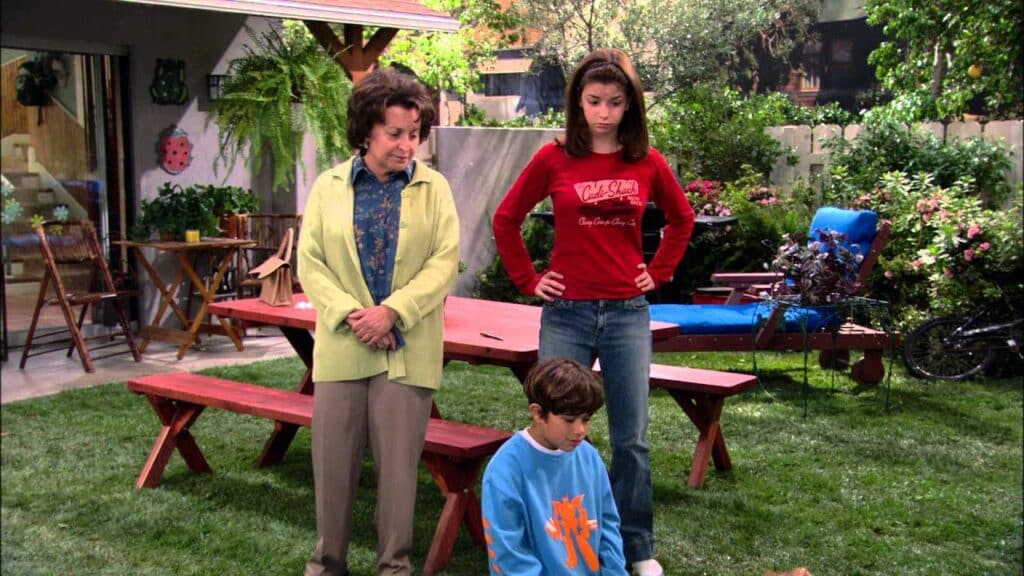
The kitchen became a hub for character growth, where George often had candid conversations with family members. These moments provided insight into their relationships and individual journeys.
Meanwhile, the backyard became a symbol of family support, hosting scenes that showcased George’s parenting challenges with Max and the family’s ability to come together in times of need.
3. Historical Significance

Built in 1885, this Victorian-style house is one of the oldest in San Fernando, adding a layer of historical depth to the show.
Originally commissioned by Senator Charles Maclay, the house’s rich history enhanced its on-screen presence, making it feel like a true family home with generations of stories within its walls.
4. Restoration Journey
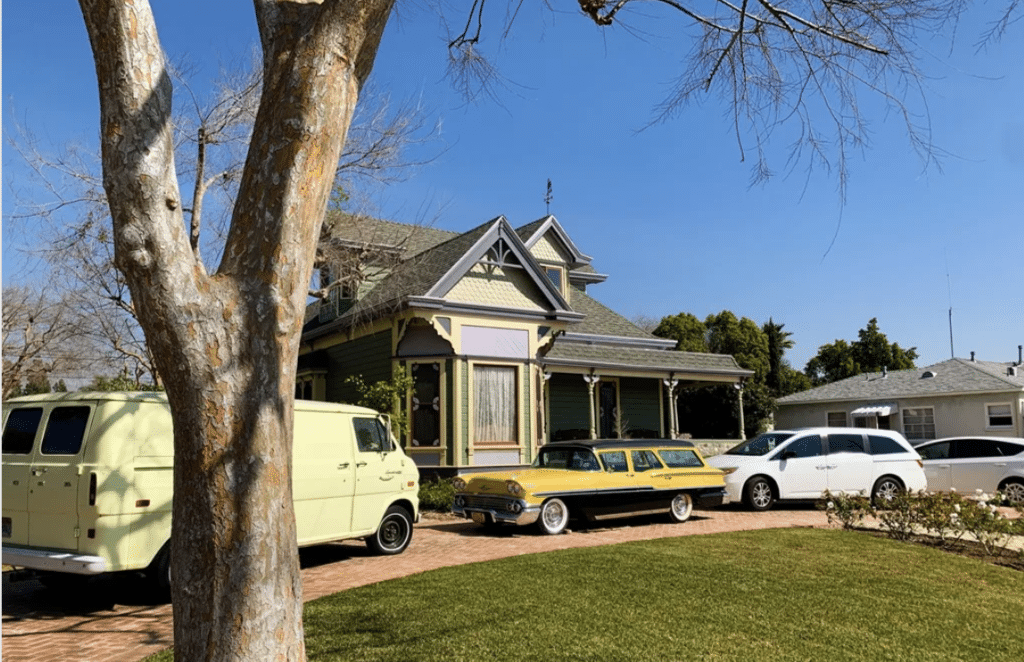
The current owners undertook an extensive renovation project, carefully restoring original elements while adding modern amenities.
During this process, they discovered laurel-hued wood that led to the house being repainted in its original colors, preserving its historical charm. This attention to detail in the restoration mirrors the show’s commitment to authenticity.
Legacy and Where Are They Now?
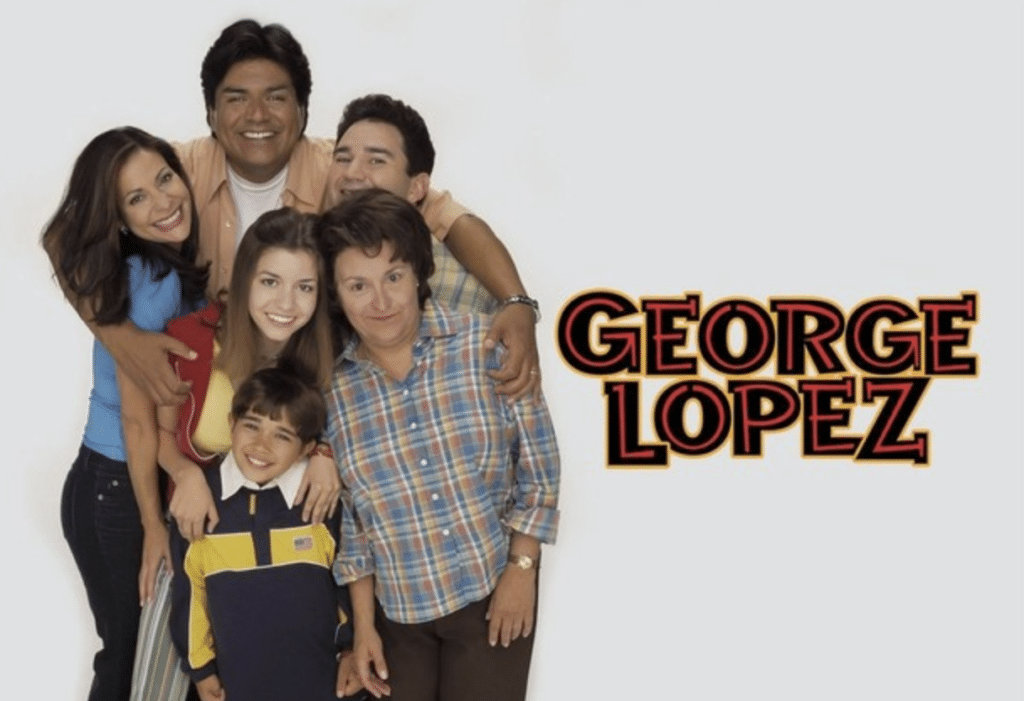
The George Lopez Show’s impact extends beyond its original run, inspiring future productions to embrace diverse narratives.
Its portrayal of relatable family dynamics and humor continues to resonate with viewers, fostering a dedicated fanbase that remains engaged through social media and fan forums.
Since the show’s conclusion, cast members have pursued various career paths:
- George Lopez has continued his stand-up comedy career, starred in films and TV series, and recently produced and starred in “Lopez vs. Lopez,” a new sitcom exploring family relationships.
- Belita Moreno (Benny) has remained active in acting, appearing in various TV shows and films while advocating for Latino representation in the industry.
- Masiela Lusha (Carmen) transitioned into writing and producing, alongside continued acting in films and series.
- Luis Armand Garcia (Max) has been involved in various projects and maintains engagement with fans, sharing insights from his time on the show.
The series is celebrated through anniversary events, cultural discussions, and social media engagement. Fans organize reunions, both online and in-person, to commemorate the show’s milestones.
These events often feature screenings and panels discussing the show’s cultural significance, with cast members occasionally participating to reflect on its impact in addressing social issues.
Wrapping It Up
The George Lopez Show house stands as more than just a TV set; it’s a symbol of cultural representation and family values that resonates with viewers to this day.
From its charming Victorian exterior to the warmth of its on-screen interiors, this house became a character in its own right, hosting countless memorable moments that made us laugh, cry, and reflect.
The show’s impact on Latino representation in media cannot be overstated, paving the way for more diverse storytelling in television.
As we look back, we’re reminded of the power of authentic narratives and the importance of seeing ourselves reflected on screen.
The George Lopez Show house remains a beloved landmark, inviting us to revisit the humor, heart, and cultural significance that made the series a true American classic.

